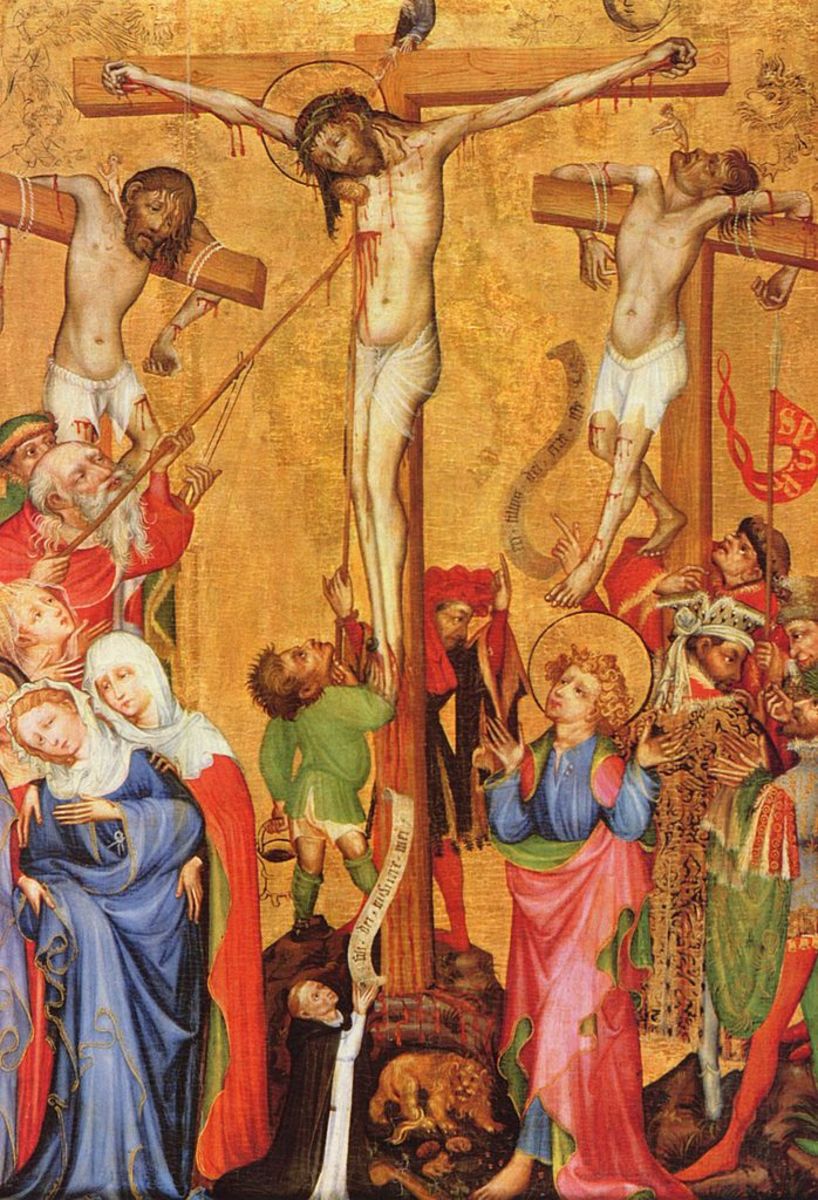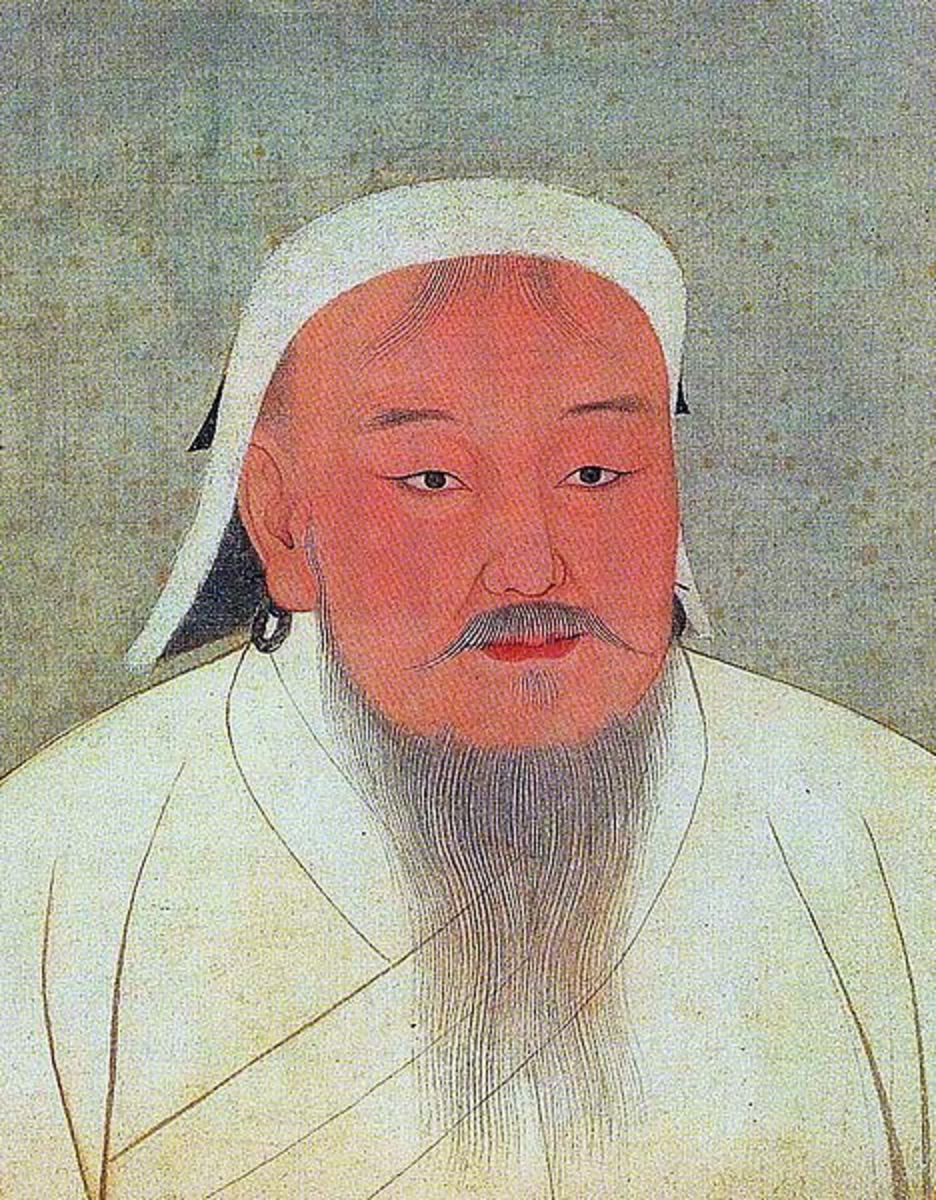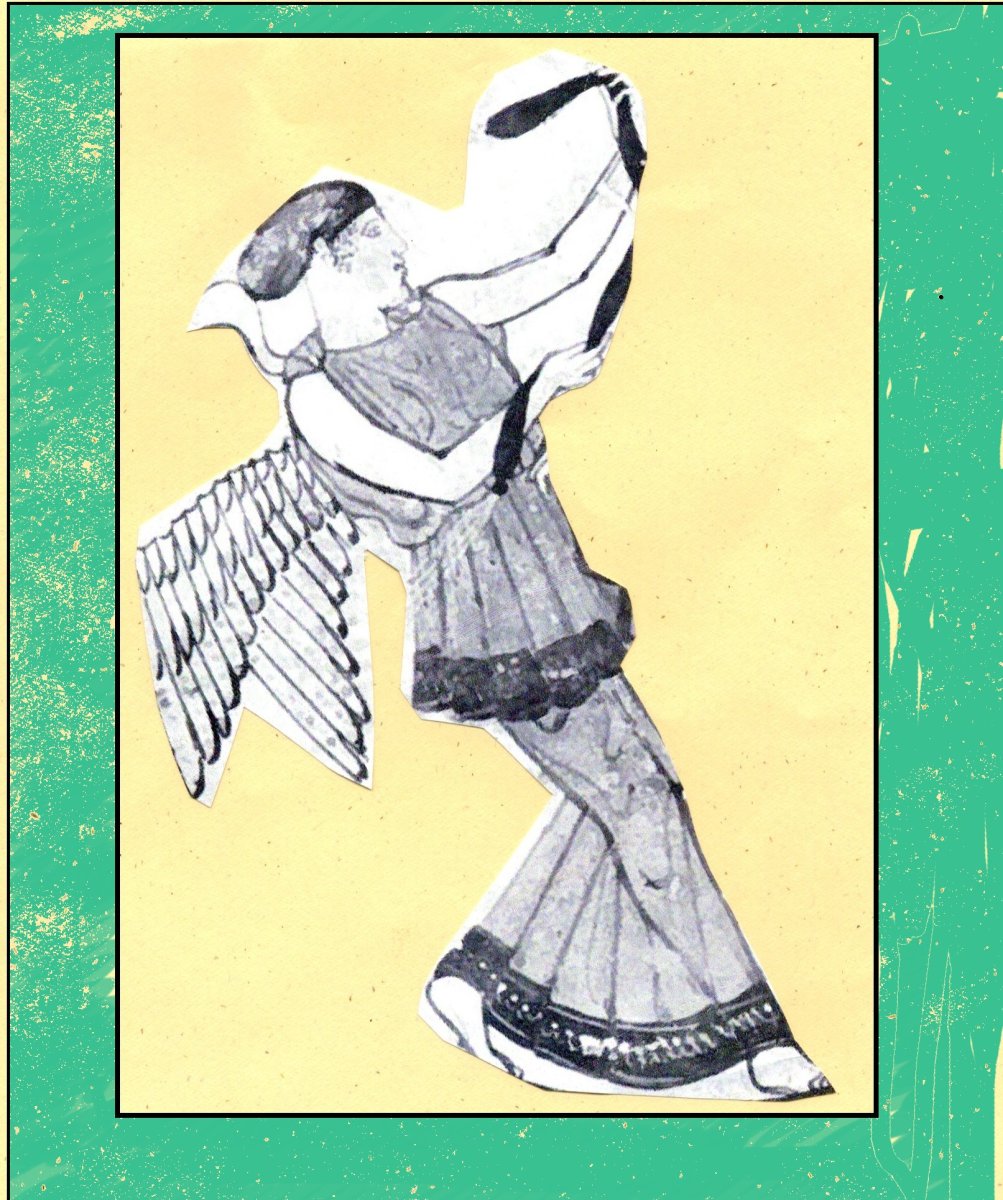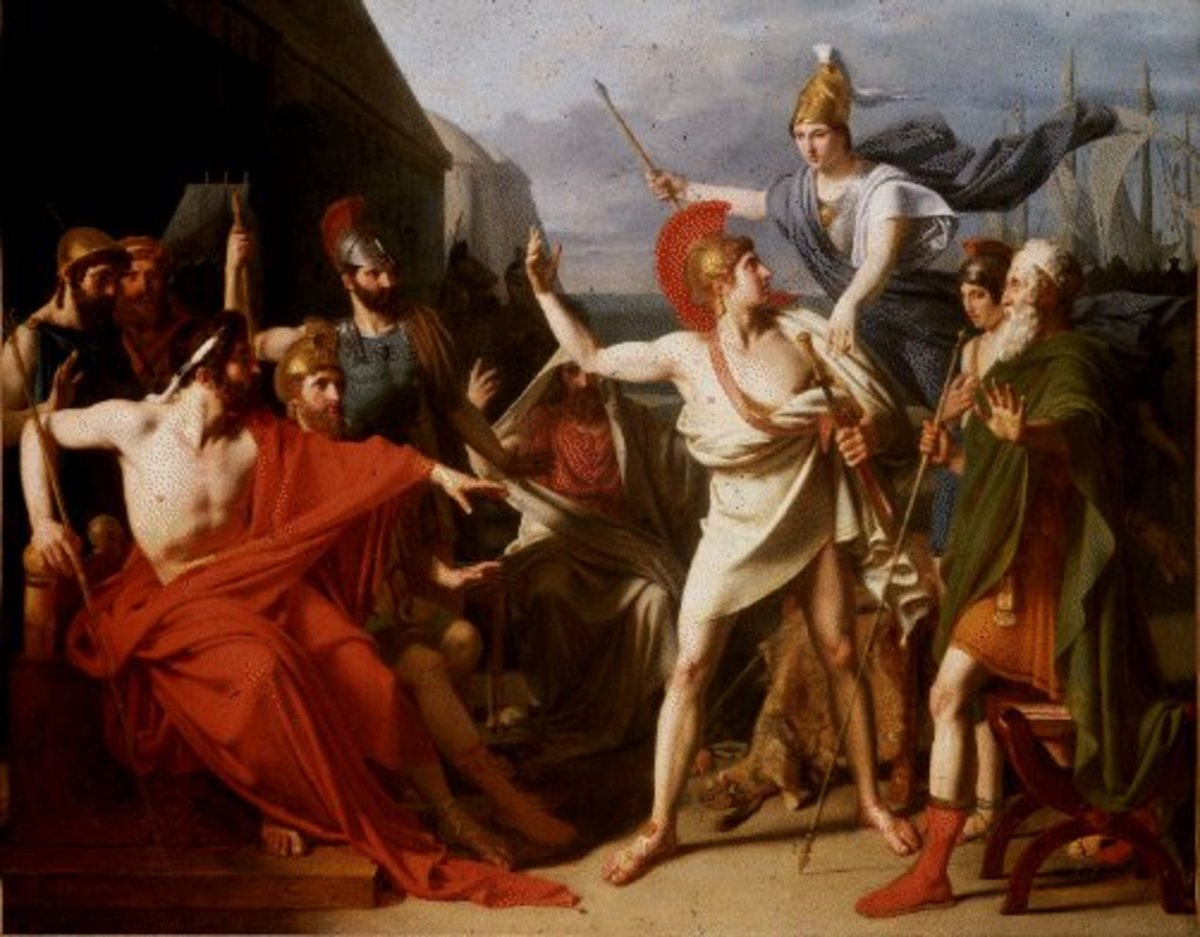The Endless Circle: Reasons for Banning Books Throughout History, Part 1
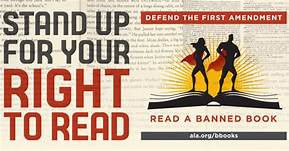
Introduction
For centuries there have been a number of reasons that international governments have worked to keep amazing titles out of the hands of desirous readers. While it often took some time and human development, there has been much to learn from the inclusion of formerly banned books into the educational content of our high school, middle school and college classrooms. Many of these are stories that tell some of the most honest and intriguing tales of international history, biographies, historical issues and more.
In so many places the exclusion of these novels include many different themes. That is a clear perspective, especially given the most conservative nature of political and societal view the farther back we look at the world.
Morality
While this is a generally undetailed reason for banning a book, it has been an issue throughout history for a number of titles. Most problems of a moral nature integrate with other themes, including sexuality and political statements, though some of the governments that banned those books didn’t state much in more detail.
Interestingly enough a national period that would be considered more political or governmental reasons for banning books was apartheid in South Africa. However, books were often banned during this period for immorality such as The Satanic Bible by Anton Levey (1969) from 1973 to 1993. Additionally, as was also mentioned for sexual content, Henry Miller’s books were entirely banned from South Africa through the end of the 1980s for his immoral content.
Additionally, All Quiet on the Western Front by Erich Maria Remarque was more of an anti-war novel that fought against Nazi Germany, but it was considered to be of a demoralizing nature to the Wehmacht at the time of its publication in 1929.
Sexuality
While this is the most commonly recognized theme causing literary bans it is hard to separate it from some other issues like morality, obscene language or sometimes even violent activity. There are often references to violent sexual behavior in novels, such as rape and sexual abuse, or illegal sexual language including the reference to “whores.”
On many banned book lists is Brave New World by Aldous Huxley, published and banned in different locations in 1932 for content referencing to sexual promiscuity. The first ban was stated to be in Ireland, then in Australia from 1932 to 1937. In addition to sexual content it was banned for containing anti-religious and anti-family content. Interesting to question whether either of these would be on the same level of controversy as sex today.
Tropic of Cancer by Henry Miller was banned immediately upon publication in 1934. This fictional memoir, based upon Miller’s life, was banned in the U.S. for almost 30 years, and was seized by US Customs for sexually explicit content and vulgarity. The rest of Miller's work, based on his journeys and adventurous lifestyle in Europe throughout this time, was also banned by the U.S. during this period. Miller was also banned in South Africa until the late 1980s.
Additional books banned for “sexual content” include Kate Chopin’s The Awakening, Hemingway’s The Sun Also Rises, Sophie’s Choice by William Styron (also banned in Lebanon for its positive image of Jews) and Sons and Lovers by D.H. Lawrence. Authors like Lawrence and Hemingway were often banned internationally for sexual content among other controversial themes, later making them popular and well-read, even common in the classroom today.
Obscene or Offensive Language
Most likely the next common reason for banning a book is obscenity or an offensive nature of any sort. While much of this is for sexual references, in the past it has simply been for foul language.
Historically, The Canterbury Tales by Geoffrey Chaucer has been one of the most controversial pieces of literature known to man. Originally created in the late 14th century, it was banned from U.S. mail under the Federal Anti-Obscenity Act, or Comstock Law, of 1873, which banned the sending or receiving of works containing "obscene," "filthy," or "inappropriate" material. Additionally, under this law were the ban of Moll Flanders by Daniel Defoe (1722) and The Decameron by Giovanni Boccaccio (1353), which was also banned in Australia from 1927 to 1936 and 1938 to 1973.
Fanny Hill by John Cleland (1748) was banned in the US in 1821 for obscenity, then again in 1963. This was the last book ever banned by the US government. See also Memoirs v. Massachusetts. Note that other books have been banned since by court orders. There was also Frankenstein by Mary Shelley was banned immediately in 1818 in many locations, though later banned in 1955 in apartheid South Africa for "obscene" or "indecent" material.
Some other titles banned for obscene or offensive language or content include Candide by Voltaire (1759) which was seized by U.S. Customs in 1930, quite a long time after its initial publication. Then there were Catch-22 by Joseph Heller (1961), banned in several U.S. states beginning in 1972 in Strongsville, Ohio, then in 1974, it was banned in Dallas, Texas and in Snoqualmie, Washington in 1979, because it has several references to women as "whores."
Lady Chatterly’s Lover by D.H. Lawrence, published in 1928, was temporarily banned in the United States and the United Kingdom for violation of obscenity laws, but both bans were lifted in 1959 and 1960, respectively. It was also banned in Australia from 1929 to 1965, and the Chinese translation by Rao Shu-yi was denied open publication by China's Central Bureau in 1936, which ordered booksellers to stop advertising and selling the novel.
Conclusion
These are just the first few themes that have received full content inclusion. There are still more that are both consistent, as well as a list of themes that are somewhat ridiculous on contemporary terms. There will be a couple more articles coming to complete this list.


